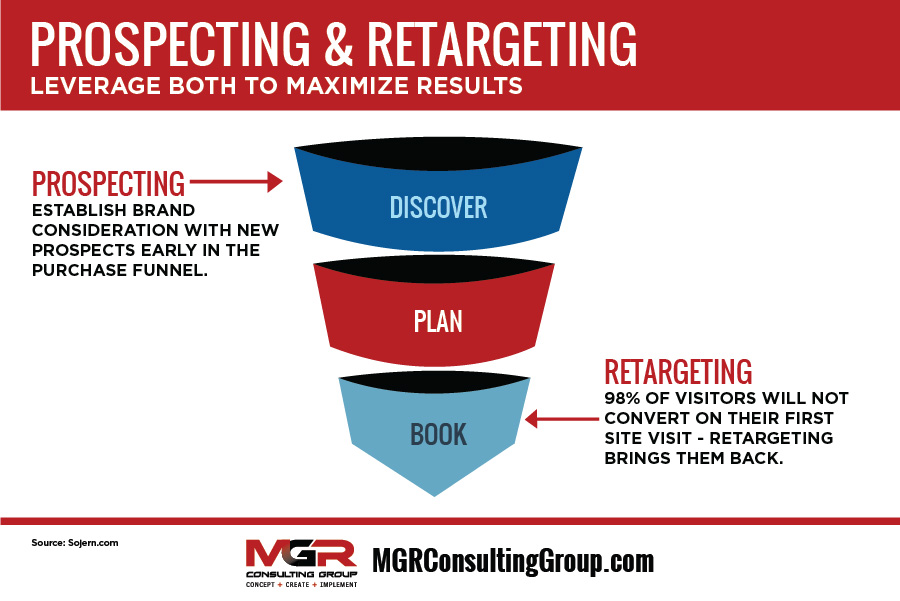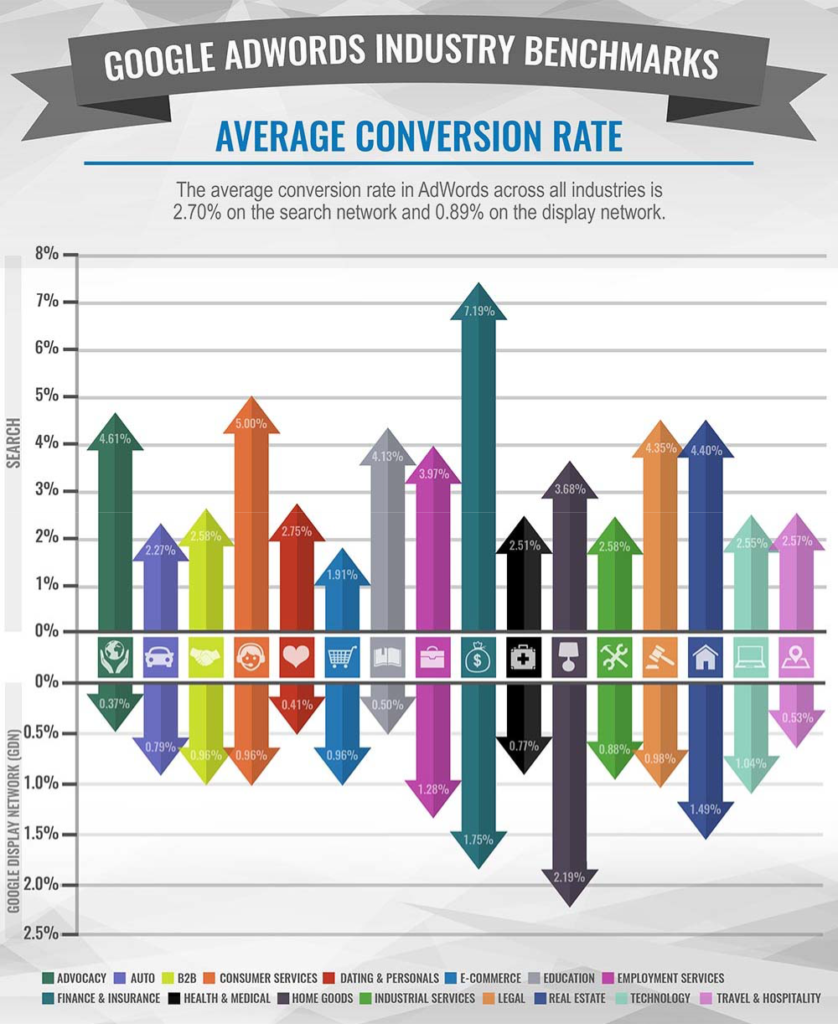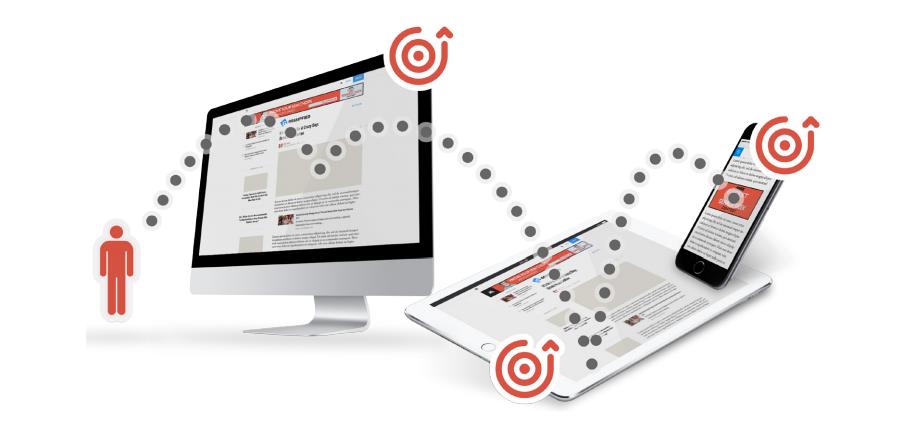In the old days of advertising, the name of the game was reach and frequency. Brands preferred mass media vehicles like television and radio because they were the easiest means to reach large audiences and build brand awareness. Obviously, this meant the most effective advertising campaigns were dominated by the biggest brands with the largest marketing budgets. Now, the reach and frequency model has been turned on its head. Increased media fragmentation and new tools for reaching people, like retargeting, have evened the playing field. Even the smallest mom-and-pop-shop has opportunities to get in front of their target audience and drive awareness at a faster clip than some of the largest brands.
What is Retargeting?

If you were to look at your conversion funnel, how often would you find that a first-time visitor visited your website, viewed a product, and then made a purchase all on that first visit? Chances are you’d be lucky if you saw that behavior once. Making a sale is a process. Studies have shown that up to 98% of your visitors leave your website without converting. Retargeting helps you tackle this problem head on. It allows you to target and serve ads only to people who’ve previously visited your website, used your mobile app, or in some cases, visited and bought something from a physical retail location. This means you can be very strategic and efficient about who you’re reaching and where you’re spending your marketing budget.

Mobile retargeting, sometimes called cross-device retargeting, lets you retarget users on their mobile devices through banner ads, interstitials, and even video ads within mobile apps and on the mobile web. Sometimes the audiences you target might be people who’ve downloaded and used your mobile app. Other times, they might be people who’ve previously visited your desktop website (thus the “cross-device” moniker).
Cross-device retargeting allows you to retarget people who visit your desktop website with ads served on their smartphones and tablets. This is essential to keeping your brand in front of your customers throughout the day, because it’s not just the aggregate time your users spend on their mobile devices, but how many times they check their mobile devices. A June 2016 report released by dscout found that the average person checks their phone over 2,000 times a day.
How retargeting works on mobile devices
While not as prevalent as desktop retargeting, mobile retargeting is quickly gaining popularity. In fact, total mobile Internet ad spending continues to increase over desktop, with eMarketer predicting it’ll make up 72% of US digital ad spend by 2019. However, one of the challenges with mobile retargeting is that it’s more difficult to identify users on their phones and tablets, because they typically don’t allow for third-party cookies.
So how exactly do retargeting platforms recognize people on their phones and tablets and retarget them? There are two main ways: probabilistic and deterministic matching and deterministic matching.
Probabilistic matching with non-personally identifiable information:
Although mobile devices don’t allow for cookies, there is still a ton of information marketers can collect about their mobile users—information like location data, IP information, device and browser type, and so forth. Retargeting platforms take thousands of these signals and start making correlations between different devices. This type of device matching is called probabilistic matching, and relies on algorithms to piece together a single identity based on thousands of non-personally identifiable data points. The benefit of probabilistic matching is that it increases your retargeting pool because you can leverage information you capture about every person who visits your website, mobile website, or mobile app. The downside is that because it’s essentially a “best guess”, its accuracy can vary. Probabilistic matching has been quoted as high as 90% accurate, but generally sits in the 60-70% range.
However, this percentage has been improving steadily, as more people use mobile devices more frequently, leading to increasingly more accurate data.
Deterministic matching with personally identifiable information:
The alternative method of matching devices uses personally identifiable information. This is known as deterministic matching. Deterministic matching ties devices together using a mix of user and device IDs. User IDs can include login IDs, such as a Facebook or Twitter account, and CRM-level first-party data such as email addresses or customer IDs. That information is tied together alongside device IDs, such as Apple’s IDFA for iOS devices and Google’s Advertising ID for Android devices, which act like a device-specific cookie that enables advertisers to identify and target users.

The benefit of deterministic matching is that it’s more accurate than probabilistic matching. You have near certainty that the user who logs in on their phone and their laptop is the same person. The main downside is that, because it relies on login data, the retargeting pool is much smaller.
Diving into the mechanics of how all this is done can get confusing. But the good news is when you use a retargeting platform, you don’t need to worry about making an either/or decision. Most providers use a combination of both approaches to maximize the benefits and minimize the downsides.
Thank you for reading. Until next time, this is Manuel Gil del Real (MGR)
Sources:
AdRoll.com; Sojern.com; Wordstream.com




